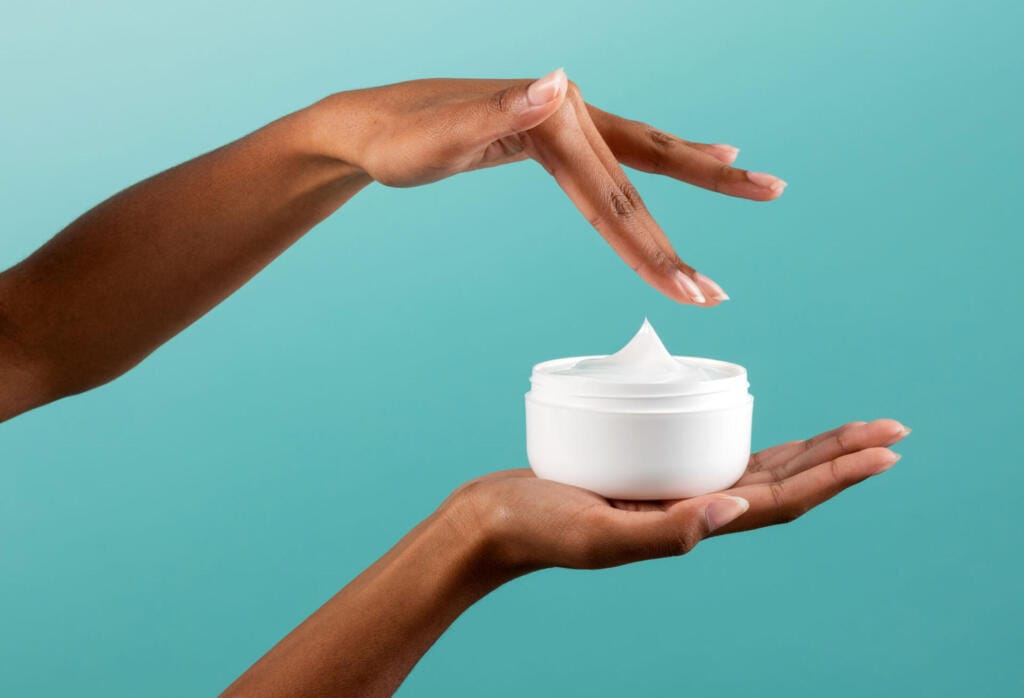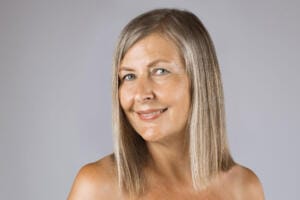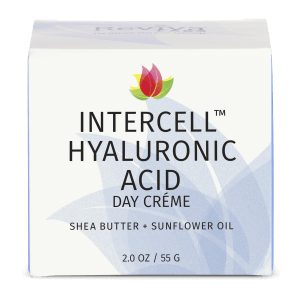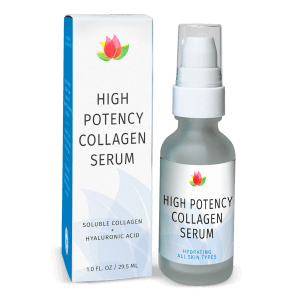Ingredients, Reviva Labs, Skin Care
The Best Hyaluronic Acid Cream: Finding the Right Fit for Your Skin
Hyaluronic acid is the skin care superstar everyone’s been buzzing about. No, it’s not a new kid on the block—it’s been around for decades, quietly making waves in the world of dermatology. In fact, one gram of hyaluronic acid can hold up to six liters of water! That’s not just impressive; it’s groundbreaking for anyone who’s serious about hydration and maintaining youthful skin. And let’s face it—who isn’t?
Skin hydration isn’t just about drinking water. Topical hydration, the kind that comes from the products we apply, is crucial for skin health. Hyaluronic acid, often found in serums and creams, can make all the difference in locking in that precious moisture. But with so many choices out there, from budget-friendly drugstore finds to high-end boutique options, how do you know which hyaluronic acid cream is truly the best?
The Science Behind Hyaluronic Acid
Before diving into what makes a great hyaluronic acid cream, let’s talk about what hyaluronic acid (HA) actually does. It’s a molecule naturally found in our skin, eyes, and connective tissues, responsible for keeping things lubricated and hydrated. As we age, our bodies produce less HA, which is why incorporating it into our skincare routine becomes increasingly important over time.
So why is it such a game-changer for skincare? It all boils down to HA’s unique ability to attract and retain water molecules. When applied to the skin, it creates a moisture-binding barrier that helps keep skin hydrated, plump, and elastic. For those battling dryness, fine lines, or loss of firmness, HA creams can provide visible improvements in texture and suppleness.
Choosing the Best Hyaluronic Acid Cream
The perfect hyaluronic acid cream for your skin depends on several factors: your skin type, concerns, the product’s formulation, and how HA is delivered. While most creams contain hyaluronic acid in some form, it’s important to remember that not all formulations are created equal.
A few factors can significantly influence how well a hyaluronic acid cream works. First, consider the molecular weight of HA in the product. Low molecular weight hyaluronic acid penetrates deeper into the skin layers, providing more intensive hydration at a cellular level. On the other hand, high molecular weight HA forms a protective layer on the surface of the skin, acting as a barrier to prevent moisture loss.
Another critical factor is the overall formulation. A cream with multiple humectants—ingredients that help draw moisture to the skin—can enhance the effects of hyaluronic acid. Glycerin, for instance, is a great partner to HA because of its hydrating properties.

What to Look For in a Hyaluronic Acid Cream
Let’s break down some key features that can make or break your hyaluronic acid cream experience:
Molecular Weight of Hyaluronic Acid
As mentioned earlier, hyaluronic acid comes in different molecular sizes. Smaller molecules, or low molecular weight HA, penetrate deeper into the skin to hydrate from within. Larger molecules sit on the skin’s surface, protecting it from environmental factors. Ideally, you want a cream that contains a mix of both.
Complementary Ingredients
A good hyaluronic acid cream won’t just stop at HA. Look for additional hydrating ingredients like glycerin or ceramides, which work synergistically to improve hydration. Antioxidants such as vitamins C and E are also beneficial because they protect against free radical damage, which can degrade hyaluronic acid in the skin.
Fragrance-Free Formulas
Fragrance can be an irritant, particularly for those with sensitive skin. Since hyaluronic acid creams are often used to treat dryness and irritation, it’s important to choose products that are free from artificial fragrances, which can exacerbate these issues.
Non-Comedogenic Formulas
If you’re prone to acne, check that the cream is non-comedogenic, meaning it won’t clog your pores. While hyaluronic acid itself is unlikely to cause breakouts, creams with heavy oils or comedogenic ingredients could.
Packaging
You might not think the packaging matters much, but it can. Hyaluronic acid is sensitive to light and air exposure, which can degrade its effectiveness over time. Choose products in opaque, airtight containers to ensure you’re getting the full benefits of the ingredients.
Best Hyaluronic Acid Cream for Dry Skin
If you struggle with dry, flaky skin, your hyaluronic acid cream should focus on intensive hydration and moisture retention. Look for formulas with a combination of HA, glycerin, and ceramides. These ingredients not only hydrate but also help repair the skin’s barrier, which is often compromised in people with dry skin.
Rich creams with emollients like shea butter or squalane are also excellent choices. They help lock in the moisture provided by the HA, ensuring that your skin stays hydrated throughout the day. A heavier texture is often preferable for those with dry skin, particularly in the colder months when moisture loss is at its peak.
Best Hyaluronic Acid Cream for Oily Skin
Oily skin types may shy away from creams, thinking they’ll make their skin greasy or lead to breakouts. However, hyaluronic acid creams formulated for oily skin are usually lightweight, non-greasy, and fast-absorbing. Instead of oils, these creams focus on water-based hydration, providing moisture without clogging pores.
Look for gel-cream formulations that contain a blend of HA and non-comedogenic ingredients like aloe vera or green tea extract. These will provide the hydration your skin needs without adding excess shine or causing breakouts.

Best Hyaluronic Acid Cream for Aging Skin
For aging skin, the goal is to not only hydrate but also to firm and plump the skin, reducing the appearance of fine lines and wrinkles. This is where multi-tasking products come in handy. Look for creams that pair hyaluronic acid with peptides, retinol, or vitamin C—ingredients known for their anti-aging benefits.
Peptides, in particular, stimulate collagen production, helping to firm the skin and reduce the appearance of fine lines. Retinol, a form of vitamin A, encourages skin cell turnover, which can smooth the texture of aging skin. When combined with hyaluronic acid, these ingredients can have a transformative effect on mature skin.
How to Apply Hyaluronic Acid Cream for Maximum Benefits
It’s not just what you apply to your skin, but how you apply it that can make all the difference. To get the most out of your hyaluronic acid cream, follow these steps:
- Start with Damp Skin: Hyaluronic acid draws moisture from its surroundings. Applying it to damp skin allows it to pull in water and lock it into the skin’s surface. After cleansing, spritz your face with a mist or leave it slightly damp from washing before applying your cream.
- Use a Serum First: If you’re using a hyaluronic acid serum, apply it before your cream. The serum will deliver a concentrated dose of HA to your skin, while the cream will help lock it in and provide additional hydration.
- Layer Wisely: If you’re using other active ingredients, such as retinol or vitamin C, make sure to apply them before your hyaluronic acid cream. This allows the HA to seal in moisture and enhance the effects of your other products.
- Don’t Forget Your Neck and Chest: Many people neglect their neck and chest, but these areas show signs of aging just as quickly as the face. Extend your skincare routine down to your décolletage to ensure these areas are equally hydrated.
A Statistic That Might Surprise You
Did you know that up to 30% of the body’s hyaluronic acid is lost each day through natural degradation processes? This fact underscores just how important it is to replenish your skin’s hyaluronic acid levels daily with the right skincare products.
Finding the Best Hyaluronic Acid Cream for You
The best hyaluronic acid cream is ultimately the one that fits your skin’s unique needs, whether you’re battling dryness, excess oil, or the signs of aging. Keep an eye on formulation, ingredient synergy, and texture to ensure you’re making the most of this powerhouse ingredient.










